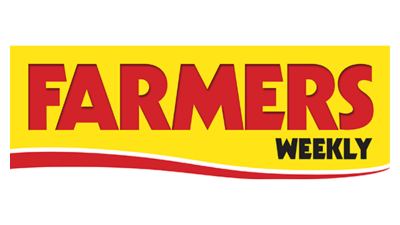In The News
How to calculate your FCE to maximise feed use and profits
Farmers should monitor feed conversion efficiency (FCE) this winter to maximise feed input and profitability.
A 0.1 change in FCE can affect milk yields by as much as two litres a cow a day, with cows that don’t achieve their target FCE contributing to an under-utilisation of feed inputs, and lost profits.
Calculating FCE
Dairy producers should be aiming for a minimum FCE of 1.5, but be aware that if it goes any higher than 1.7 cows can start milking off their backs.
The number is calculated by dividing the average litres a cow a day (corrected to 4% fat and 3.2% protein) by the total dry matter fed, to give kilograms of milk per kilogram of dry matter.
Many factors influence FCE, including:
- Diet balance
- Presentation and consistency
- Enough lighting to help drive optimum dry matter intakes (DMI). Cows require 16 hours at a minimum of 160 lux and eight hours of less than 50 lux.
- Access to feed and water. Feed barrier space of 65cm per cow and 10cm of water trough access per cow should be a minimum requirement.
- Cow comfort. Cubicles need to be comfortable and the correct size, as for every hour below the target of 14 hours lying time, the cow is losing one litre of milk each day.
- Heath
- Fertility
You can assess how well your diet is working by:
- Assessing the dung for undigested grain or fibre. This will give you an idea of ration digestibility and utilisation.
- Checking whether cows are consuming what they should be. Loading inaccuracies or sorting due to a poorly mixed TMR can cause variable intakes, resulting in fluctuations in rumen pH and reduced microbial activity.
Louise Clarke, ruminant manager at Alltech, says many dairy farmers do not routinely measure FCE and therefore are not necessarily aware of the impact it could be having on business profitability.
She said: “A recent study of dairy farms by Alltech found the average FCE was 1.2, with some high-performing herds reaching 1.7. It’s important to note that approximately 1.7 is the maximum to aim for, as much beyond this, cows could start milking off their backs.
She says putting a monetary value against key sources of feed waste and underutilisation is important to support on-farm improvements.
Read the full article here












